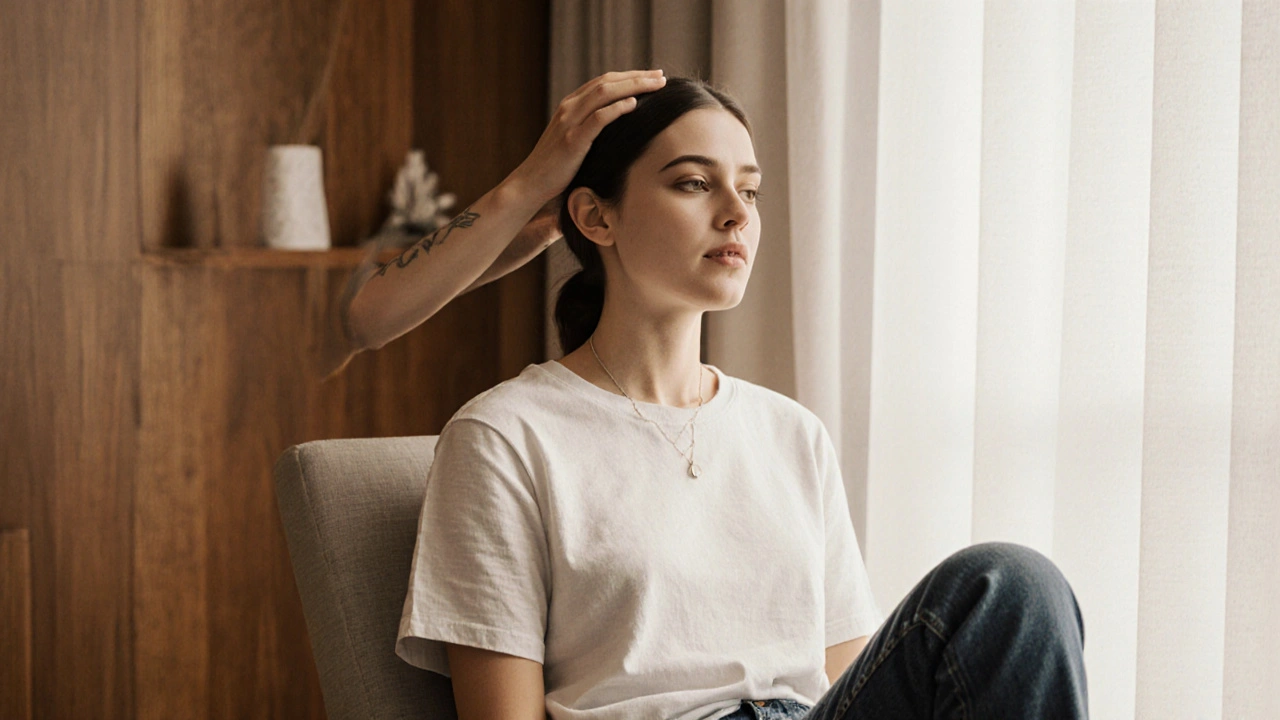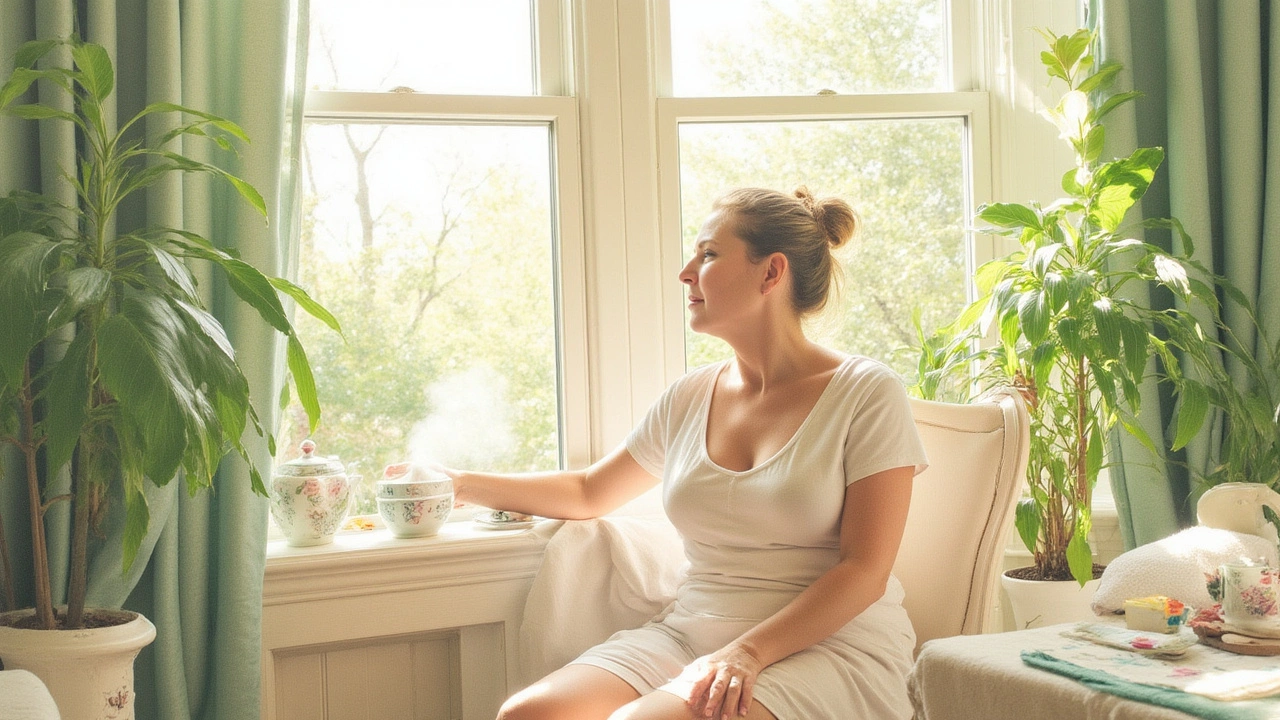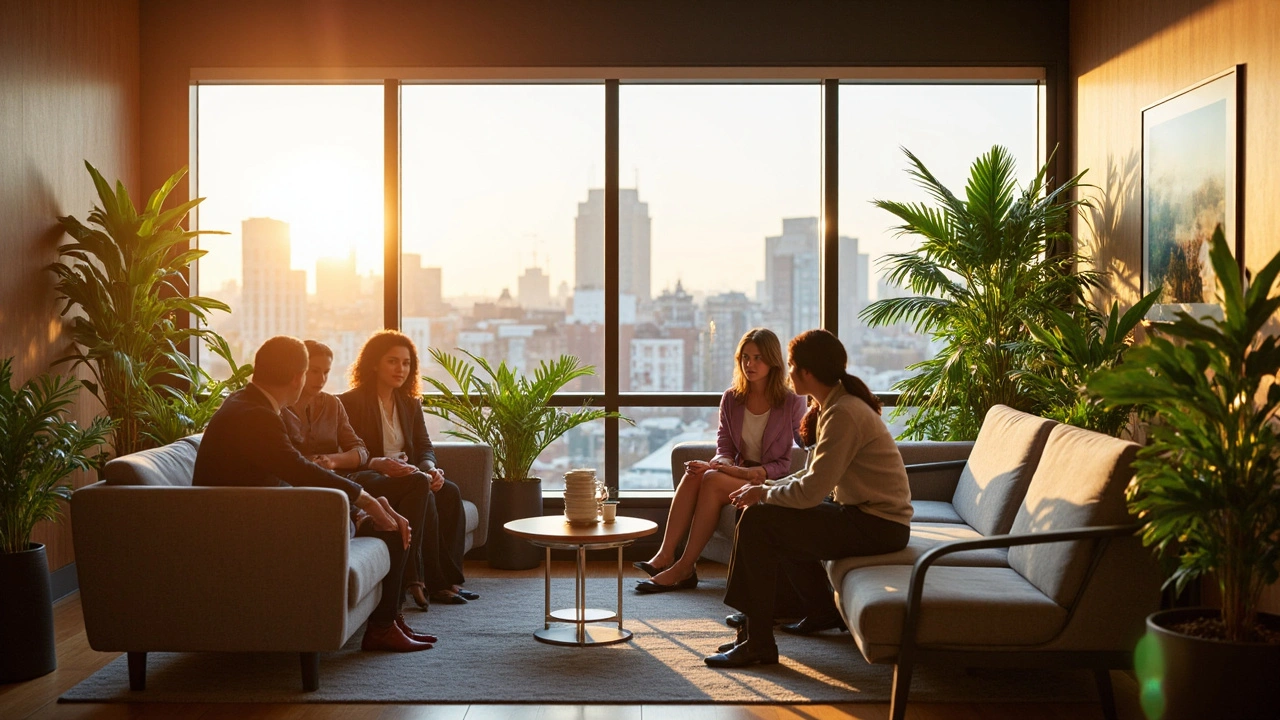Unlock the Secrets of Indian Massage: Ancient Healing Techniques in London
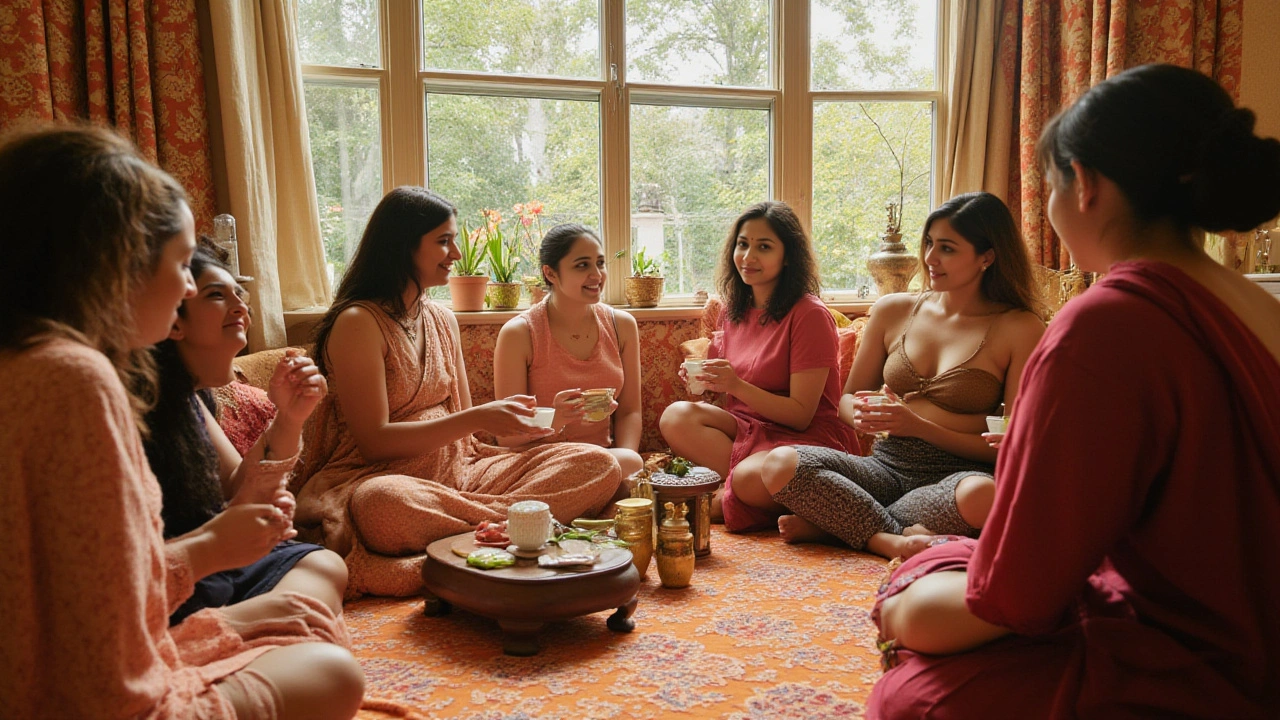
Ever felt like your muscles carry the weight of the past, present, and possibly even the future? That knot between your shoulders isn’t just from slouching at your desk; it’s probably history’s way of telling you to relax—and Indian massage knows exactly how. It brings ancient wisdom, wrapped in custom routines and calming oils, right into the heart of London. Forget the spa clichés for a moment: Indian massage isn’t just about feeling good. It’s steeped in thousands of years of tradition, a ritual in body and mind balancing that’s still relevant (and ridiculously popular) in today’s non-stop world.
The Story Behind Indian Massage: Roots, Rituals, and Wisdom
Step back about 5,000 years. Picture bustling open-air markets, vibrant colors, the aroma of spice, and a culture that saw health as harmony between the body, mind, and spirit. That’s where Indian massage, also known as Abhyanga or Ayurveda massage, began. Ancient Indian texts describe massage not only as a physical necessity but as a daily practice for longevity. This wasn’t just for the wealthy or the holy. Everyone from royal families to farmers took part in massage rituals—parents even massaged their babies as part of bath time routines.
Ayurvedic massage—one of the most practiced forms—uses individualized herbal oils, chosen based on your Dosha (that’s your unique mind-body type, according to Ayurveda). The method is precise and deeply personal, focusing on energy lines called Nadis, and specific marma (energy) points that affect organs and tissue. Recorded evidence shows Indian soldiers would massage battle wounds with warm oils to increase healing. Famous Sanskrit texts like the Charaka Samhita and Ashtanga Hridaya dedicate chapters to these methods.
Today, the legacy of Indian massage is global. In London, the number of wellness clinics and spas advertising authentic Indian treatments has doubled since 2015. It’s not just the Indian community seeking these; young professionals, athletes, and even stressed-out parents are booking appointments, hunting for that elusive deep relaxation and pain relief.
Types of Indian Massage You Can Try in London
London’s bustling scene offers a buffet of Indian massage styles, adapted for both tradition-savvy enthusiasts and curious first-timers. The classics you’re most likely to find include Abhyanga, Indian Head Massage (Champi), and Marma Therapy. Each approach carries its own flavor and set of benefits:
- Abhyanga: A full-body oil massage working from scalp to soles, designed to balance your Doshas. Therapists use long, rhythmic strokes with warm, herbal oils. Studies published in the Journal of Complementary Therapies (2021) link Abhyanga to reduced anxiety and better sleep.
- Indian Head Massage (Champi): Originally performed sitting cross-legged, this technique targets your scalp, neck, shoulders, and sometimes upper back. Perfect if you’re glued to a laptop all day. A University College London (UCL) pilot found regular head massage sessions helped participants report fewer migraines and clearer focus.
- Marma Therapy: Marma points are basically the secret switchboards of your body—over 100 points mapped out across your skin that connect to internal organs. Skilled practitioners use fingertip pressure and circular motions, said to boost immunity and even digestive health.
- Padabhyanga: A foot massage using clarified butter (ghee) or oil—particularly good if you are on your feet all day. There's a reason even yoga studios now offer this: foot massage before bedtime can help with insomnia, according to a 2022 study from King’s College London.
Many places blend these forms. It’s completely normal to walk into a London studio, get asked about your health, sleep, digestion, and seasonal challenges, then receive a treatment tailor-made for your needs rather than a one-size-fits-all session. London’s best therapists train both in India and the UK, mixing scientific detail with old-school care.

What to Expect From Your First Indian Massage in London
Curious about how it’ll actually go? Expect a different vibe than your average massage spa. You’ll fill out a health intake form (standard procedure) and probably talk Doshas—even if you’re new to Ayurveda, most therapists will guide you through. Oils are central, and you may notice them warming up blends with herbs like ashwagandha, brahmi, or neem. These aren’t just for scent; each targets a physical or mental issue, from fatigue to skin irritation.
The treatment typically starts with gentle pressure, growing deeper and more rhythmic. Abhyanga can feel meditative, like someone’s pressing the reset button on your entire nervous system. Many therapists end with a brief marma point head massage—blissful if you, like me, spend days hunched over a keyboard, with a cat (hi, Whiskers) pawing at your lap.
You might feel sleepy or slightly “floaty” afterwards. That’s totally normal. Here’s a tip: avoid showering right away. Let the oil soak in and do its magic. Stay hydrated, and drink a warm herbal tea (lemon and ginger is a favourite). First-timers are sometimes surprised at the emotional effects—don’t be alarmed if you feel lighter, happier, or even tearful; massage can release a lot of stored tension, not just in your muscles.
Pricing varies. London clinics usually charge around £60–£120 for a session, depending on length and therapist experience. Some places even offer discounts for regular bookings or early morning visits.
| Massage Type | Average Session Time | Typical Cost (£) | Common Benefits |
|---|---|---|---|
| Abhyanga | 60 min | 80–120 | Muscle relaxation, improved sleep |
| Indian Head Massage | 30–45 min | 40–70 | Headache relief, stress reduction |
| Marma Therapy | 60 min | 90–130 | Energy balancing, better digestion |
| Padabhyanga | 30 min | 35–60 | Reduced foot fatigue, deeper sleep |
Benefits Beyond Relaxation: What Science Says
Sure, everyone loves to feel relaxed. But Indian massage bundles in benefits backed by actual science, not just tradition. Research from the Indian Journal of Medical Research shows that regular Abhyanga can help bring down blood pressure and shift stubborn stress hormones like cortisol. One study, done with stressed-out Londoners and published in the British Journal of Wellness Therapies, found three Abhyanga sessions in one week improved participants’ sense of calm, helped them sleep deeper, and led to clearer skin within a month.
Indian Head Massage works wonders for headaches and computer-induced tension. There’s even evidence that regular scalp massage increases hair growth and thickness—a bonus if you, like me, shed enough hair to knit a scarf. An NHS study in 2023 reported that people with chronic tension headaches who received a weekly Indian Head Massage experienced fewer migraines and reported a 40% drop in pain levels.
Marma Therapy is often overlooked, but there’s emerging research hinting it can help immune health. Small clinical trials in Europe found that after six weeks of weekly marma sessions, participants reported less joint pain and dodged seasonal colds better than a control group.
- Mood moves up a notch (people in clinical trials report lower anxiety, even weeks later)
- Digestion feels less sluggish (many patients say they have easier mornings—no need for extra coffee)
- Sharper focus at work (the head massage is credited for this by creative types and office workers alike)
- Better sleep (if you’re someone who wakes up groggy, this could be your secret weapon)
The best part—no harsh side effects. The most common “risk” is feeling a bit oily or sleepy post-treatment, which honestly, sounds like a win after a hard day in the city.
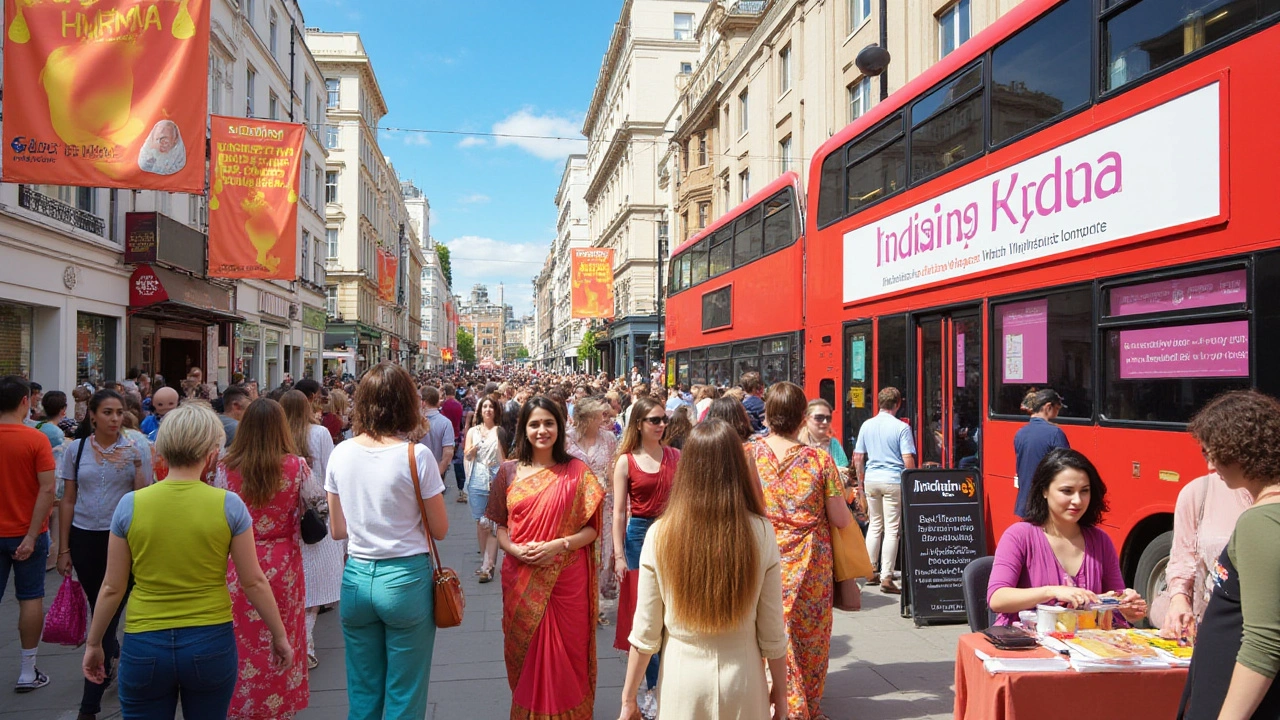
Tips for Getting the Most Out of Your Indian Massage in London
Keen to try it? Here’s what works from someone who’s hopped all over London’s massage circuit (with the exception of divine Whiskers-approved naps at home). First, check the therapist’s credentials—look for someone trained in both Ayurveda and anatomy, especially if you have medical needs. Many London therapists list their certs on their website; don’t be shy to ask for details. Personal recommendations go far in this world—ask friends or check verified reviews.
Timing matters. Book at the end of the workday, or take a slow day off. Rushing straight into meetings after an Abhyanga takes away half the magic. Don’t eat a heavy meal just before: a light snack is fine, but a full curry feast will have you wishing you hadn’t.
The oils used can stain, so wear something you don’t mind getting greasy. Most places let you shower after, but true Ayurveda advice is to wait at least thirty minutes, sometimes even longer, before washing off the beneficial blend.
Have a specific issue, like back pain or anxious thoughts? Speak up. The most transformative sessions are tailored. Good therapists adapt stroke pressures and techniques on the spot, adding more scalp massage if you’re stressed, or extra attention to your feet if you’ve been running marathons.
- Stay hydrated before and after—herbal teas, water, and light broths help flush out any released toxins.
- Avoid caffeine right away post-treatment—it can spike your stress hormones back up. Go slow, linger in your zone of calm.
- If you’re new to oil massage, bring a soft scarf or cap for your head after (especially in winter—old Ayurveda wisdom insists you keep your scalp warm after Champi).
- Keep your phone off for as long as possible after your session. Allow the effects to sink in, or journal your thoughts while they’re fresh (pro tip: life decisions often feel clearer just after a treatment!).
And if you ever get the chance, try a course of four to six weekly Indian massages rather than a one-off. Most people see deeper changes—less pain, better resilience to stress, and brighter moods—from regularity. London may never sleep, but that’s all the more reason to give your mind and body the kind of slow, mindful care that ancient India perfected and modern science now applauds.

